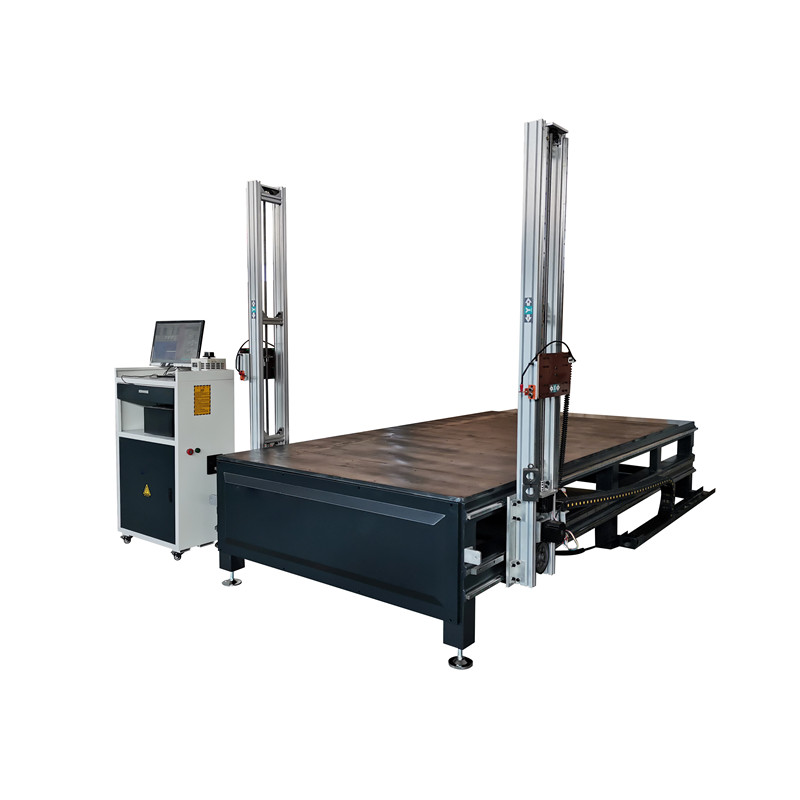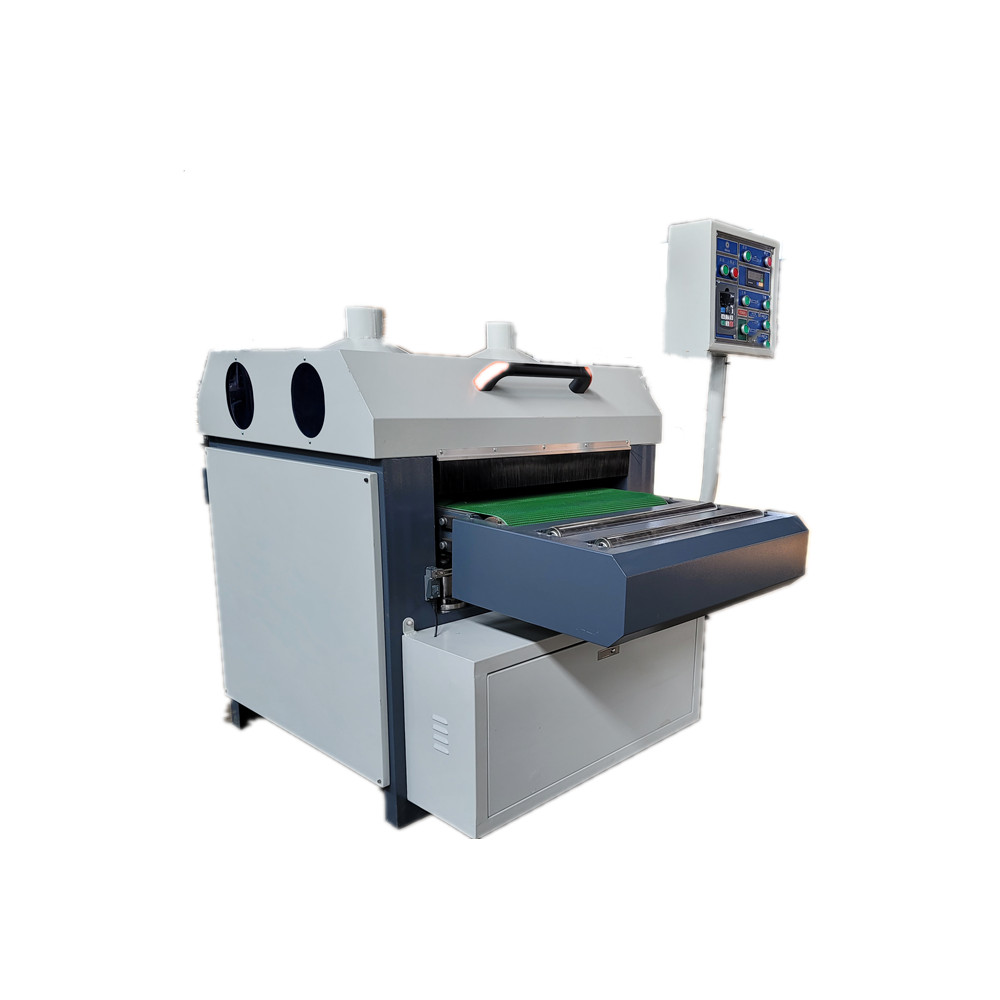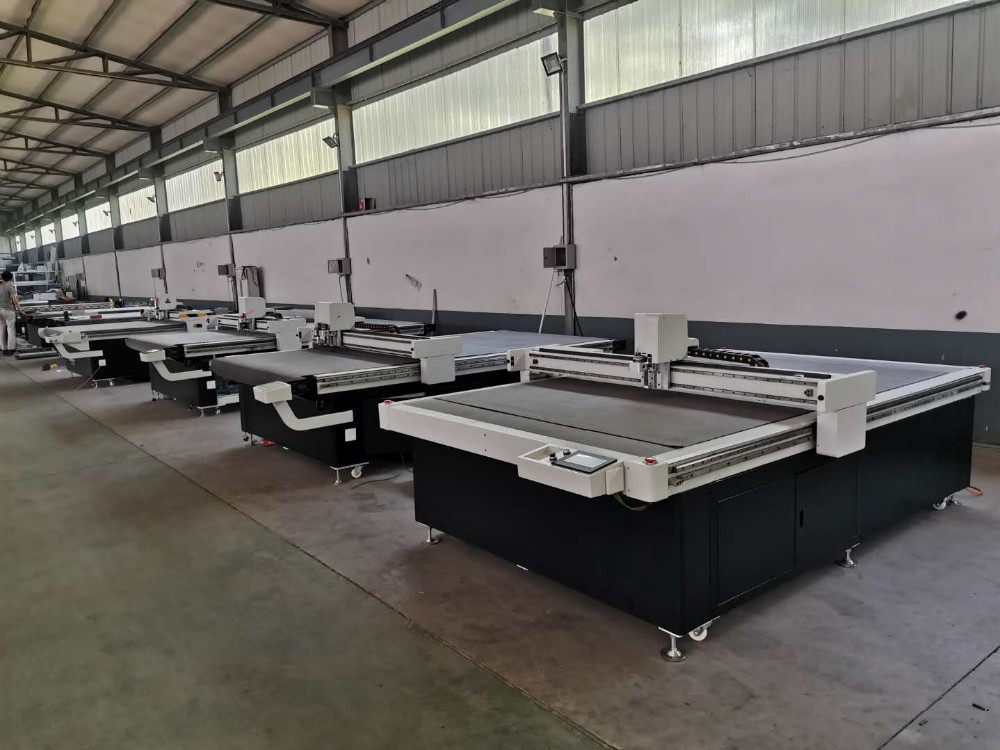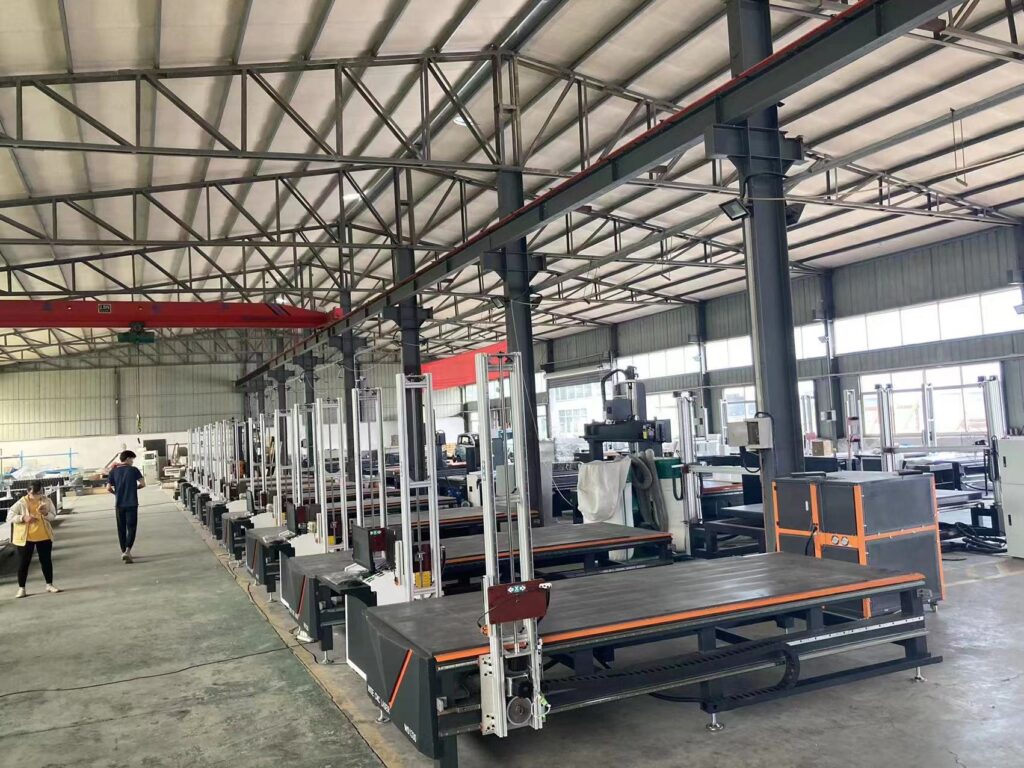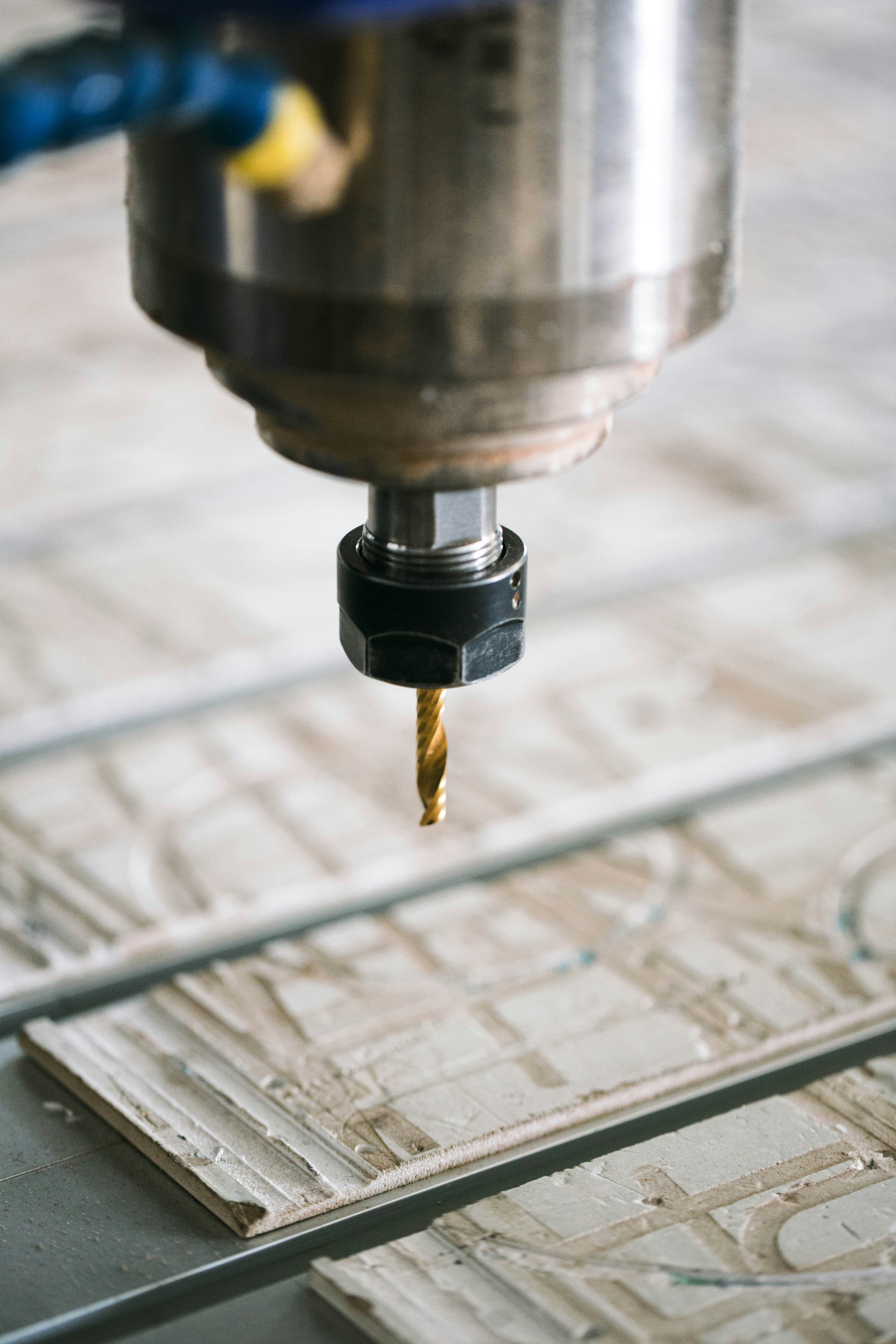
Introduction to ATC CNC Routers
Automatic Tool Change (ATC) CNC routers represent a significant advancement in the field of machining and manufacturing. Unlike traditional CNC routers, which require manual tool changes, ATC CNC routers are engineered to automate this process, thus optimizing workflow efficiency. The core of their functionality lies in their ability to switch tools swiftly and reliably, which is crucial for applications that demand precision and speed.
The ATC system integrates a tool changer, typically a carousel or linear mechanism, that holds multiple tools while a high-speed spindle performs the cutting tasks. With an ATC CNC router with a high-speed tool change system, manufacturers can reduce downtime, transitioning between various tools rapidly while maintaining accuracy. This is particularly vital in industries where quick turnaround times are essential, such as woodworking and metalworking.
One distinctive feature of these routers is the existence of the linear ATC CNC router, designed to enhance tool change speeds further. The linear tool changer facilitates quicker access to different tools, which translates directly into improved productivity. By eliminating the time wasted on manual changes, operators can focus on more important aspects of the production process, making the ATC CNC router with linear tool changer exceptionally valuable.
The advantages of employing ATC CNC routers extend beyond mere speed. The automation inherent in these systems contributes to consistency in machining operations, reduces the likelihood of human error, and allows for a greater variety of tasks to be completed with minimal operator intervention. As industries continually evolve towards higher efficiency and productivity benchmarks, integrating an ATC CNC router becomes increasingly essential for those looking to remain competitive in their respective markets.
Understanding Tool Change Mechanisms
In the realm of CNC machining, the tool change mechanism plays a pivotal role in determining operational efficiency and productivity. There are various types of tool change systems in Automatic Tool Change (ATC) CNC routers, each designed to optimize the performance of machining operations through efficient tool swaps. The predominant systems include carousel, linear arm, and spindle-based mechanisms.
Carousel systems utilize a rotating disc with multiple tool holders attached. As the CNC router progresses through its programmed tasks, it rotates to present the necessary tool to the spindle for installation. This method is often praised for its simplicity and reliability, though it may experience limitations in speed, especially in high-demand environments. In contrast, a linear ATC CNC router employs a linear arm that retrieves tools from a tool magazine positioned nearby. This system offers a significant advantage in terms of speed and efficiency, allowing for quicker transitions between tools, which is essential in high-volume production scenarios.
Spindle-based tool change mechanisms operate differently; they usually involve automatic collet systems that can quickly release and secure tools as needed. This approach can significantly decrease the time spent changing tools, consequently minimizing downtime in the manufacturing process. For industries where precision and speed are critical, an ATC CNC router with high-speed tool change options becomes vital. The ability to adjust rapidly between tools not only enhances throughput but also improves the quality of the finished products.
Factors influencing tool change speed include the design of the tool holder, the alignment of the magazine, and the control system’s efficacy. Recent technological innovations, such as improved control algorithms and more robust linear tool changers, further enhance the performance of these systems. Such advancements enable manufacturers to achieve higher operational efficiencies while minimizing the wastage of valuable time during production. The integration of high-speed tool change features within ATC CNC routers exemplifies the continuous evolution of machining technology.
Benefits of High-Speed Tool Change
The integration of high-speed tool change capabilities in ATC CNC routers significantly enhances manufacturing efficiency. One of the most compelling benefits is the substantial reduction in production downtime. Traditional CNC routers often require lengthy manual tool changes, leading to extended periods during which the machine is not operational. In contrast, an ATC CNC router with a high-speed tool change mechanism allows for rapid swapping of tools, minimizing idle time and maximizing productivity. As a result, manufacturers can maintain a consistent workflow while meeting tighter deadlines.
Another advantage is improved workflow efficiency. With an ATC CNC router featuring a linear tool changer, manufacturers can automate complex production processes. This automation streamlines operations, as the machines can seamlessly transition between different tasks without the need for operator intervention. Consequently, this not only boosts work output but also permits businesses to take on a greater variety of complex projects with greater ease. Case studies have shown that companies implementing high-speed tool changing technologies have experienced up to a 50% increase in production output, highlighting the advantages of this approach.
Cost savings are another critical factor for businesses considering an ATC CNC router with high-speed tool change capabilities. By optimizing operating times through enhanced efficiency, manufacturers can reduce labor costs and improve overall profitability. Additionally, less downtime means fewer delays in order fulfillment. Statistical data reveals that facilities utilizing linear ATC CNC routers have reported a significant decrease in project turnaround times, ultimately impacting their ability to serve customers effectively.
In conclusion, the advantages of investing in ATC CNC routers equipped with high-speed tool change capabilities cannot be overstated. Reduced downtime, increased workflow efficiency, and cost savings collectively contribute to a more competitive production environment, empowering businesses to thrive in today’s demanding market.
Choosing the Right ATC CNC Router for Your Needs
When selecting the appropriate ATC CNC router for your specific requirements, several key factors must be taken into account. The first consideration is the volume of production you anticipate. High-volume production may benefit from an ATC CNC router with high-speed tool change capabilities, which significantly reduces downtime and enhances efficiency. In contrast, lower volume operations might find that a standard model meets their needs adequately.
The materials being processed also play a crucial role in the decision-making process. Different ATC CNC routers may be better suited to various materials such as wood, plastics, or metals. Therefore, understanding the material composition will help in choosing a machine that can handle the necessary cutting, shaping, or engraving tasks effectively.
Tooling options are another important aspect to consider. An ATC CNC router with a linear tool changer allows for seamless transitions between different tooling without manual intervention, making it ideal for complex projects requiring multiple tool types. Evaluate the types of tools you will need for your tasks and ensure that your chosen router can accommodate such requirements.
Budget considerations cannot be overlooked when selecting an ATC CNC router. It is essential to balance cost with functionality; while it may be tempting to purchase the most advanced model available, it is crucial to assess whether those features align with your business goals and needs. Also, consider the long-term maintenance costs associated with high-speed tool change systems, as these can impact overall operational expenses.
Lastly, implementing best practices for routine maintenance will maximize the advantages of your ATC CNC router. Regularly inspect and service components, ensuring that the high-speed tool change mechanisms operate smoothly. By adhering to these guidelines, you can make informed purchasing decisions and ultimately enhance your production capabilities.
